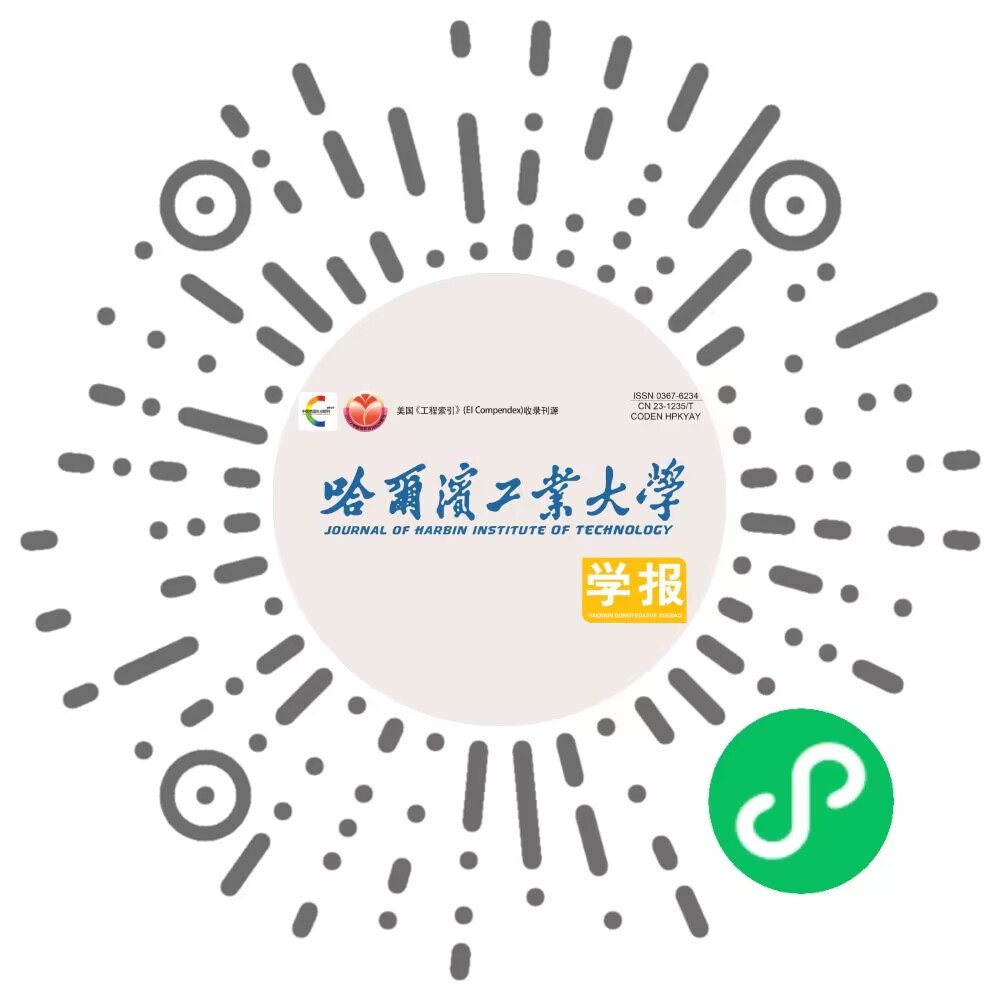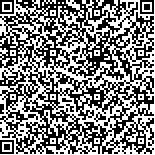| 引用本文: | 陈宝,黄依艺,张康,毛耀建.一种基于热线法的横观各向同性材料导热系数的测量方法[J].哈尔滨工业大学学报,2018,50(5):129.DOI:10.11918/j.issn.0367-6234.201712086 |
| CHEN Bao,HUANG Yiyi,ZHANG Kang,MAO Yaojian.A new method to measure the thermal conductivities of transversely isotropic materials based on transient line heat source method[J].Journal of Harbin Institute of Technology,2018,50(5):129.DOI:10.11918/j.issn.0367-6234.201712086 |
|
| 摘要: |
| 材料的导热系数是其重要的热物理特性参数之一,高效地测量各种材料的导热系数具有较重要的实际工程意义.在工程上,有较多材料具有横观各向同性的性质.对于横观各向同性材料导热系数的测量较常用的方法为稳态热平板法.该方法通过在不同方向上对试样施加热流,在材料内部产生稳态的温度分布,通过热流与温度梯度的关系反算导热系数.稳态热平板法基于稳态传热理论,原理简单,但耗时较长,对于待测试样较多的情形,具有一定局限性.热线法基于瞬态传热理论,是一种简单快捷的材料导热系数测量方法.本文基于横观各向同性介质中的热传导理论,对热线法进行了功能拓展,建立了一种利用热线法测量横观各向同性材料导热系数的新方法.将此方法应用于自制的人工横观各向同性材料,并将测量结果与相应的稳态平板法所得结果进行了比较.比较试验结果表明:只要测量过程中实际的探针-试样系统与其对应的理想模型之间具有较高的接近度,即能保证本文方法所得结果的可靠性及可重复性.
|
| 关键词: 热线法 横观各向同性 导热系数 热传导 解析解 |
| DOI:10.11918/j.issn.0367-6234.201712086 |
| 分类号:TU411 |
| 文献标识码:A |
| 基金项目:国家自然科学基金(41372270);中央高校基本科研业务费专项资金资助(22120170007) |
|
| A new method to measure the thermal conductivities of transversely isotropic materials based on transient line heat source method |
|
CHEN Bao1,2,HUANG Yiyi1,ZHANG Kang1,MAO Yaojian1
|
|
(1. Key Laboratory of Geotechnical and Underground Engineering of Ministry of Education, Tongji University, Shanghai 200092, China; 2. College of Civil Engineering, Tongji University, Shanghai 200092, China)
|
| Abstract: |
| Thermal conductivity of a material is one of the important parameters of its thermal properties and efficiency in measuring the thermal conductivity of a material is of great significance in an engineering sense. In the engineering field, quite a number of materials are transversely isotropic. A common method to measure the thermal conductivities of transversely isotropic materials is the guarded hot-plate (GHP) method, which applies heat flux to the specimen respectively in different directions inducing steady-state temperature field in the material and obtains the conductivity of each direction via the relationship between the heat flux and the temperature gradient. This method as a steady-state method is theoretically simple but time-consuming, limited to those scenarios where there are many specimens to be tested. Transient line heat source (LHS) method, based on the transient heat conduction theory, is a simple and effective method in measuring thermal conductivities of materials. The function of LHS method was extended based on the heat conduction theory in transversely isotropic media. A new method of measuring thermal conductivities of transversely isotropic materials with LHS method was proposed. The newly proposed method was validated by comparing with guarded hot-plate method based on the results from a test on specimens made of an artificial transversely isotropic material. It turns out that reliable and reproducible results can be obtained as long as the actual needle-specimen system under each single measurement is close enough to its corresponding idealized model.
|
| Key words: transient line heat source method transverse isotropy thermal conductivity heat conduction analytical solution |







